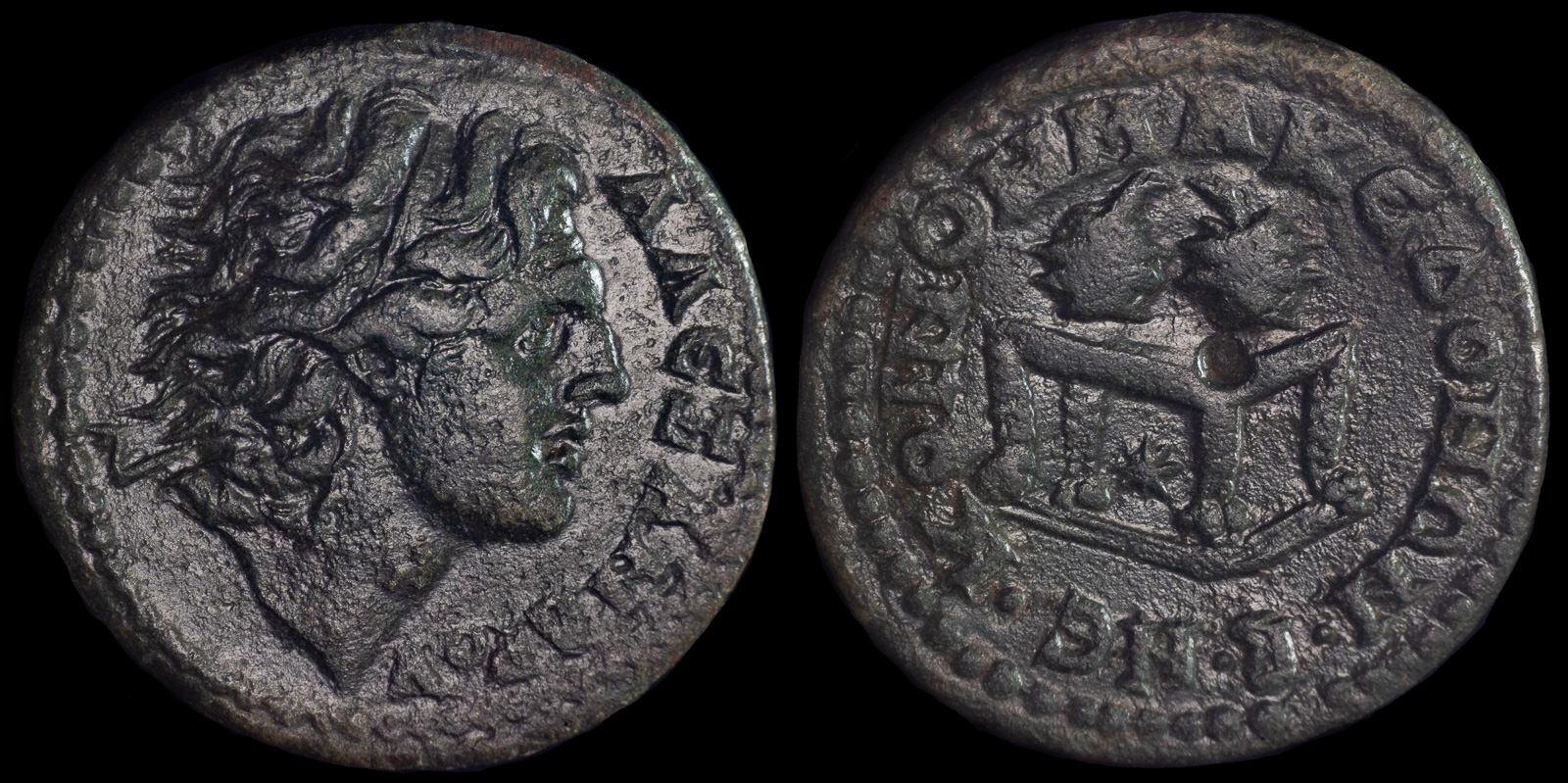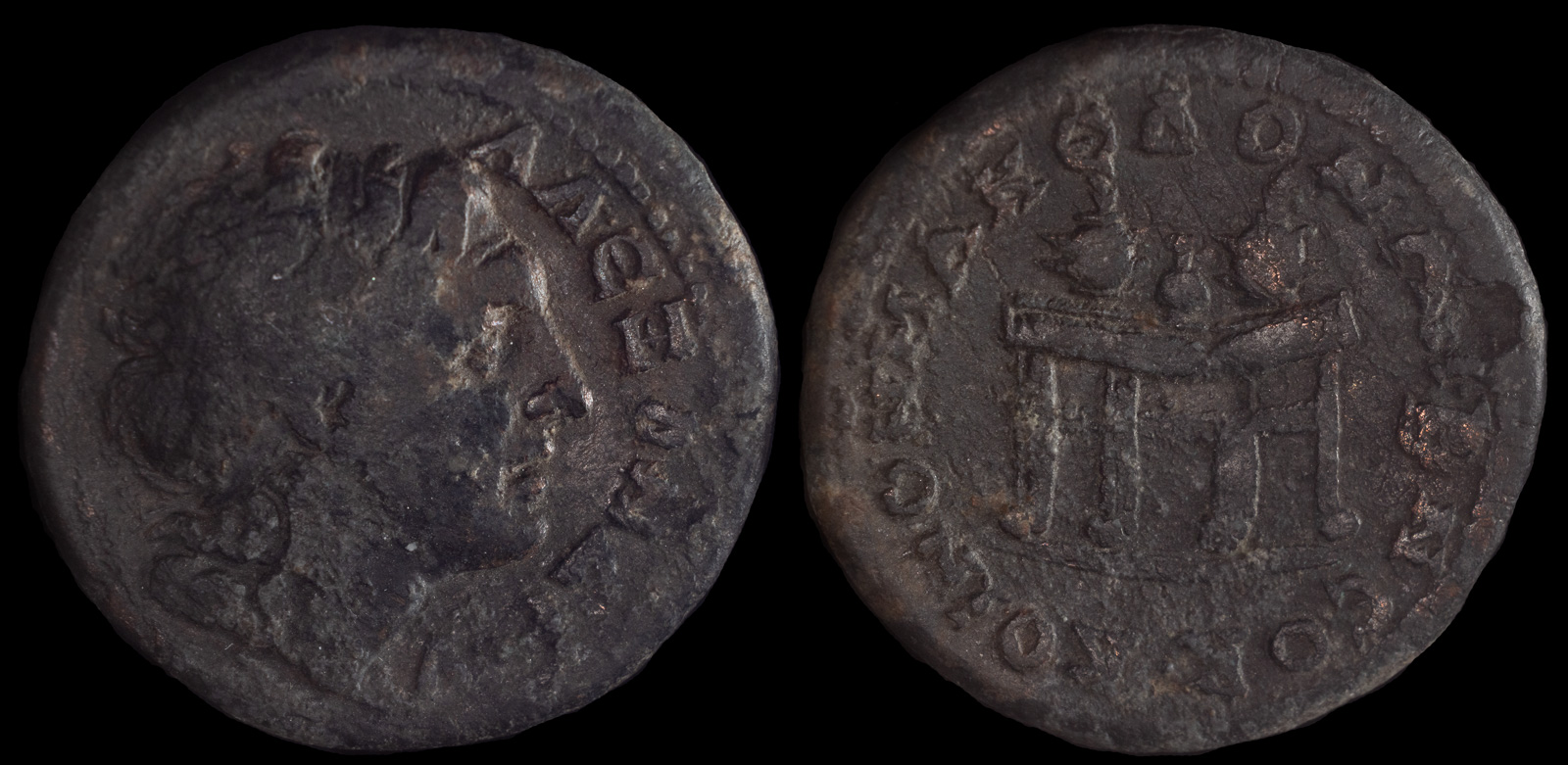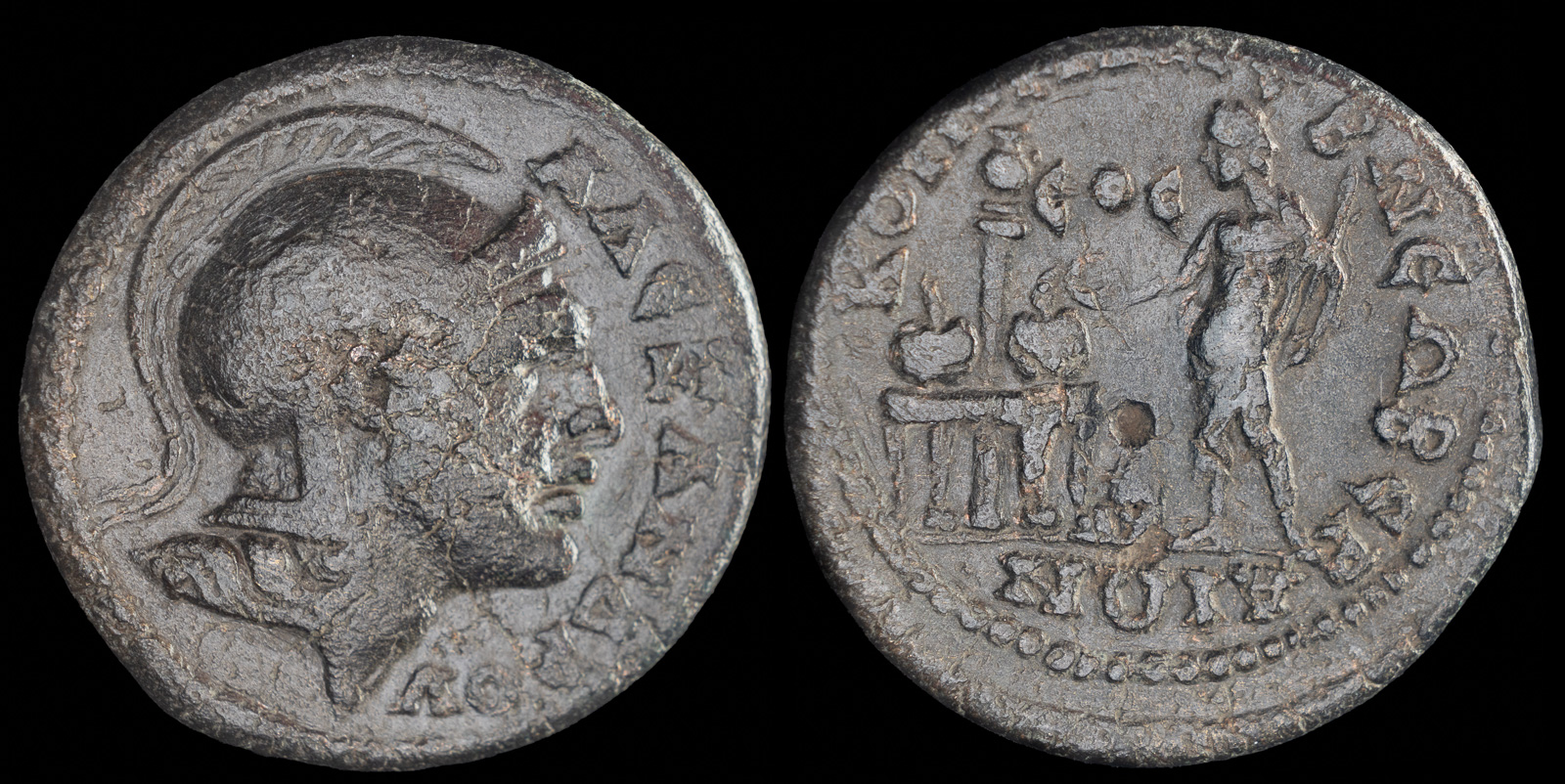Table
View All Tags
For everyday dining, the Greeks used a simple, low table known as a “trapeza” (τράπεζα), which typically had three or four legs and a rectangular or circular top. These tables were used in the context of symposia (banquets), which were an important social activity in Greek culture, especially among the aristocracy. In these settings, diners would recline on couches (known as klinai) and eat while seated low to the ground, often with small tables placed nearby to hold food, wine, and other items. The trapeza was usually lightweight and portable, allowing it to be moved as needed for different events.
The construction of these tables involved basic carpentry skills. The legs were often shaped into simple cylindrical or tapered forms, sometimes with decorative elements like carved details or turning techniques. The tops were made of wood, usually in a smooth, rectangular or circular shape, and were often reinforced with cross beams underneath to provide stability. In wealthier homes, tables might feature inlays or carvings, and some were made of marble or stone, particularly for public buildings or temples where durability was a priority.
Tables used for writing were more specialized. These tended to have a flat surface and could be elevated or come with an attached stand or base to provide support while writing or drawing. Some may have been covered with waxed tablets for use with styluses, while others may have had simple grooves to hold papyrus scrolls or other materials used for writing.

Macedon, Koinon of Macedon
Pseudo-autonomous issue 238-244 CE
Æ 25mm, 13,95g
AΛEΞANΔPOV, diademed head of Alexander III of Macedon right /
KOINON MAKEΔONΩN B NE, table with two prize urns; star below
BMC 133-4; AMG III 696

Macedon, Koinon of Macedon
Time of Gordian III (239-244 CE)
Amphipolis mint
Æ 27,7mm 13,00g
ΑΛΕΞΑΝΡΔΟΥ; diademed head of Alexander the Great, right, with flowing hair; below, serpent.
R/ ΚΟΙΝΟΝ ΜΑΚΕΔΟΝΩΝ Β ΝΕΩΚΟΡ; agonistic table seen in perspective from right, holding purse between two agonistic crowns with palm
AMNG 686 RPC VII 2. 194

Macedon, Koinon of Macedon
Dated year 275 of the Actian Era 244 CE
Æ 27mm, 11.6g
Games issue. Beroea mint
ΑΛƐΞΑΝΔΡΟΥ Head of Alexander the Great r., wearing crested helmet.
R/ ΚΟΙΝ ΜΑΚƐ Β ΝƐΩ ΒƐΡΑΙΩΝ Emperor standing l., holding scepter, standing l., extending hand to prize table surmounted by two prize crowns, each containing palm; behind, column surmounted by urn; ЄOC (date) across field
AMNG III 864; SNG Copenhagen 134